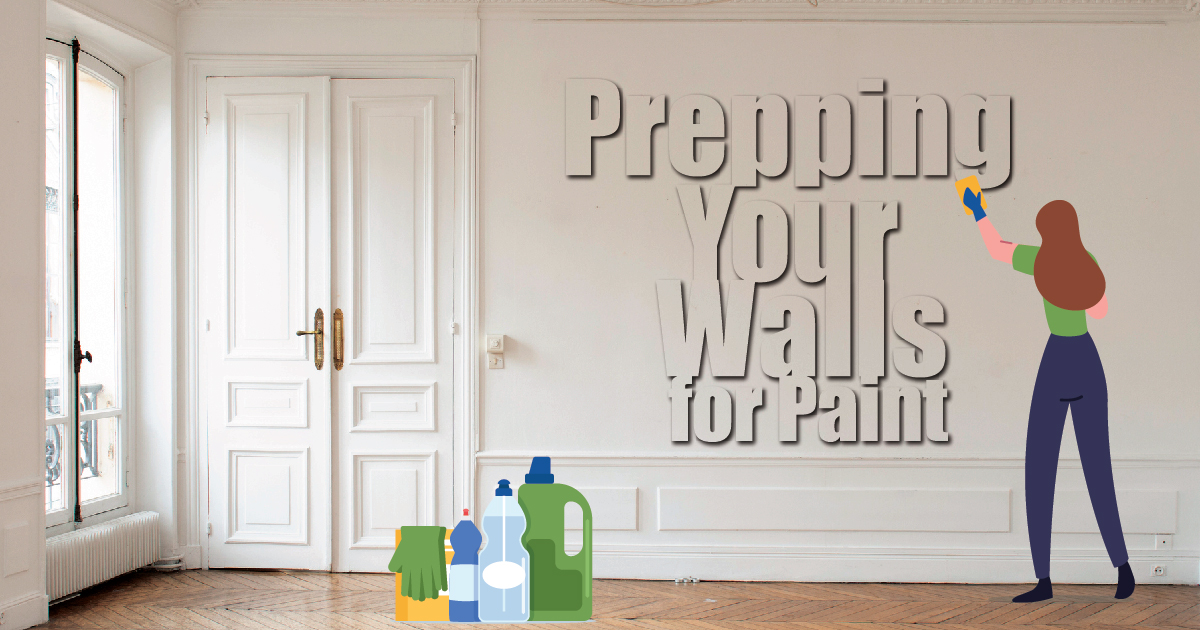
Painting your walls a different color quickly and easily transforms your interior’s look and feel. If you choose the right shade for your space, all of your furnishings will fit together to look cohesive and intentional – from the trimming and woodwork to the view outside your windows.
There are many different types of paint and style of finish – matte, eggshell, water-resistant, solvent-free… you’ve probably seen these words and phrases on cans of paint at your local hardware store, but you might not have been sure exactly what they mean.
In this article, the Ireland’s Finest team of painting experts will explain the basics of what you need to know before your first brushstroke, from paint properties to the actual prep process.
Before you start any painting project, it’s important to make sure you have all the equipment you’ll need to be successful. While the specifics of what you’ll need will depend on the scale, type of paint, and other factors, we can give you a pretty comprehensive list of our most commonly recommended tools:
- Primer
- Gloves
- Mask
- Paintbrush
- Roller
- Sponge
- Knife and/or steamer for removing wallpaper
- Solutions for cleaning and stripping
- Enough paint for more coats than you think you’ll need – trust us on this one!
Now, the level of prep work required will be affected by the status of your walls as-is. If they are already painting, you’ll need to prepare to change out the color. The process is different for wallpapered walls, and freshly plastered ones without any paint currently applied.
Let’s break down each one.
Prepping Fresh Plaster
If you’re starting from scratch, you just need a dry surface – but be sure on this. Accidentally applying paint to wet plaster will not yield the results you’re hoping for. You’ll know you’re good to go if you see even shading and no outlier dark spots.
Now, it’s time for the primer. That’s important, and especially on bare walls. The plaster can be a moisture suck, meaning you’ll use way more paint than necessary. Take our advice, and don’t skip out on this step.
The next step isn’t required, but we’d recommend it anyway. Apply an undercoat of thinned-down paint (think one part water to three paint) that can exist under your final paint color and serve as a backdrop that can make the final coat look sharper. Now, what if your walls already have paint on them?
Prepping Painted Walls
There is still prep work to be done here, it just looks a little bit different. First, cleaning. You’ll want to use a sugar soap solution to remove dust, flaking paint and any other scuffs that might have built up on your walls since the last paint job. If any of these scuff marks have evolved into full-on holes or dents, you’ll need to use a filler (preferably flexible, since it expands over time and is built to last).
Even if you think you’ll skip the filler step, we recommend sanding down the surface with grit paper to encourage adherence.
Then, sponge down the walls with one more sugar soap solution bath before you get your roller ready to go.
Prepping Wallpapered Walls
The first step here is removing the unwanted wallpaper. You can do this in a variety of ways – with a stripping knife, a wallpaper steamer, or with a stripping solution. A steamer is likely the most effective method, but all are viable and done by professional painting and DIY-ers alike.
Regardless of the method you choose, you’ll sand off any remaining strips of wallpaper and clean the walls just as you would if you’d been dealing with paint.
Before you attempt ANY of these paintings and methods, you should turn off the power to any outlets in the area with your provider. It’s also a good idea to wear gloves and a mask while working with any stripping solutions or tools that could be harmful.
From a cleanliness standpoint, you should also sweep the floors and remove as much dust as possible from your workspace to avoid any particles getting into fresh paint and disrupting a smooth finish.
There are a lot of factors that can make this process more intensive than it seems. The more experience you have, of course, the more likely the final product will turn out.
We wish you the best of luck in your home painting project, and are always available to consult with prospective clients if you decide that you’d rather let the professionals handle things!